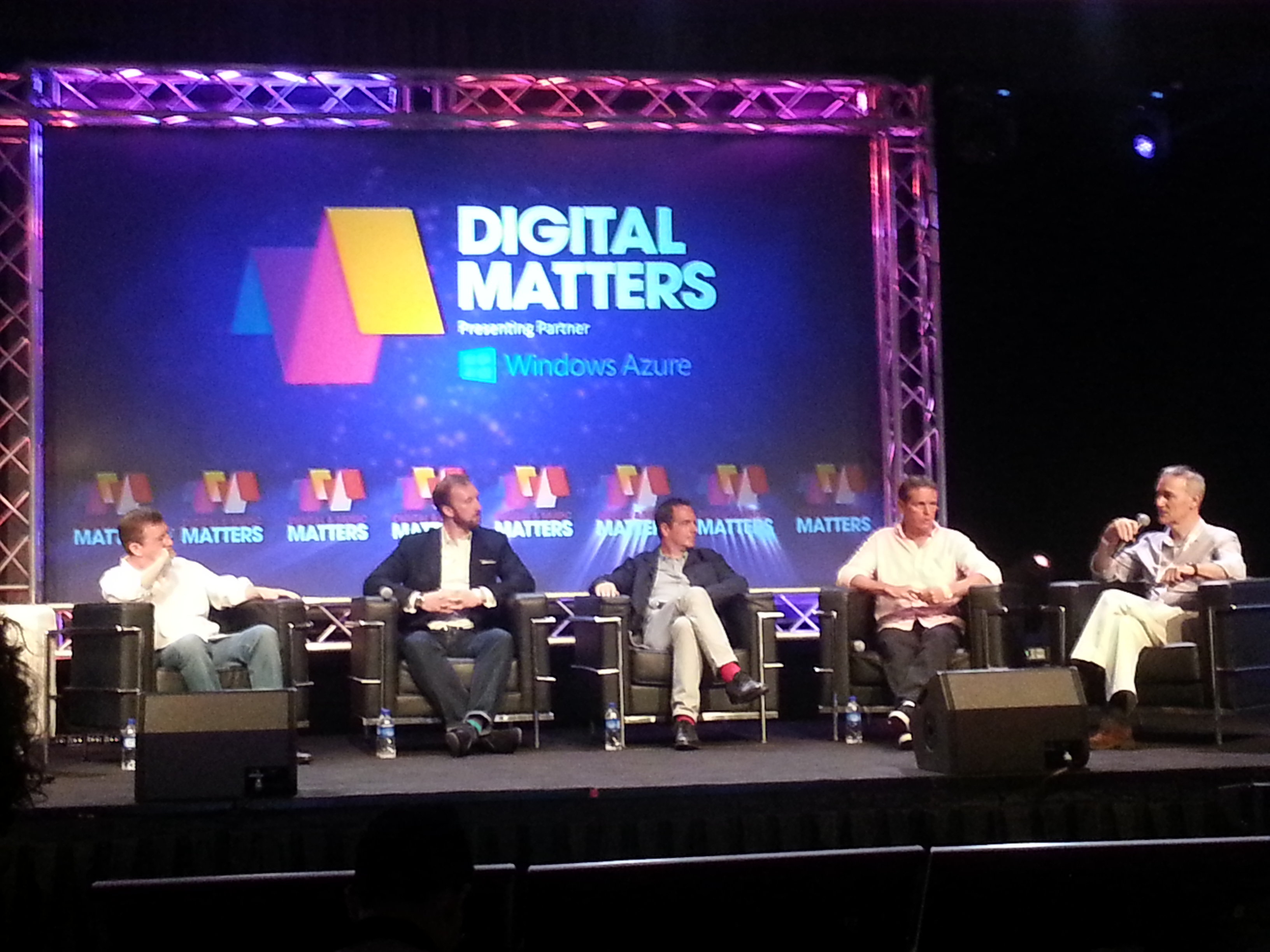Online video marketing should focus on emotional response


SINGAPORE--Instead on focusing on making viral online videos for marketing purposes, Asian companies should focus on evoking emotional responses in their consumers and need to let consumers take hold of shaping their company brands.
According to Chris Jaques, CEO of M&C Saatchi at a panel discussion at Digital & Music Matters 2013 here Tuesday, Asian brands are approaching online video advertising with "strategic naivete and shallow intellect", with companies not giving robust thought into "the deep science of making a good video".
Many brands here simply want success by creating a viral video, Oscar Prat, managing director of OgilvyOne Singapore, explained, noting this was a "desperate measure". They fail to realize virality is simply part of the package of what makes a successful advertising campaign, do not know what goes behind a viral video and that viral videos are merely short-term gains to their marketing strategy, not a long-term one, Prat explained.
Jaques agreed, pointing out the most important driver for viral content is emotional arousal. People tend to share online videos that are funny or generate positive emotions in them such as happiness and joy, more than ones that showcase anger.
However, this is in conflict with marketing because creating something special to evoke emotional responses that people have never had is too "surprising" and risky, Jaques explained, noting it could be a double-edged sword that could evoking negative emotions. This is especially so in Asian markets which are still more conservative compared to the West, Jaques added.
"Marketers always want to have that control over consumers' reaction and the brand, and are scared of losing that control and hate giving the control to the consumer," Prat said.
In the age where content is king, this is the time for brands to "let themselves go" and give the power to the consumer, John Merrifield, chief creative officer of Google Asia-Pacific pointed out.
Citing football teams as an example, Mark Liversidge, chief marketing officer at CSL, said each team has a unique identity which is created by the community which serves them. The perception of brands are not created by marketers but the consumers, he pointed out.
Brands should find something that is happening in society and start talking about it such as a societal issue or current affair to engage audiences, Prat noted, pointing out the top viral videos on YouTube were often not by companies but individuals who have a strong opinion about something and are able evoke emotions.
Liversidge said: "Start with gathering data on your target audience and find out how to trigger an emotional response. Step back, let the audience shape it and let your brand be an organism that lives on its own."
Complement traditional media with digital engagement
The television as a medium for advertising is not dead yet though, Jeffrey Cole, director of the center for the digital future at USC Annenberg School for Communication & Information, pointed out in a separate session.
Media outlets do not "die away", they merely become smaller and gain less traction so television is still an important media outlet, Cole pointed out. For example, the radio used to be the top medium before it was replaced by the TV and newspaper, but instead of "disappearing", the radio started focusing on delivering music and still exists today.
"Even though online videos and social media are the future of branding, we cannot neglect the fact people still watch television programs and advertising on this platform is still useful in today's world," Cole said.
Geraldine Pamphile, vice president of international media distribution of NBA Asia-Pacific, pointed out the company still uses both the digital medium and television medium is such a way they complement and not cannibalize each other. She noted sports programs have traditionally delivered to audiences on television, and "fans" over this broadcast medium have been emotionally attached to the programs and should not be neglected.
NBA Asia-Pacific has been putting more resources in its digital medium distribution, especially on YouTube over the past few years, Pamphile pointed out. Other than uploading sports programs on its YouTube channel immediately after the programs have been lived, they also have exclusive YouTube content not available on TV such as 20 minute highlights of matches and interviews with atheletes.
"To say the television as a medium is dead is inaccurate. Sports is watched by the mass audience and TV will still be a big driver," Mike Rich, CEO of GroupM ESP, who was on the same panel as Pamphile, pointed out. "You just have to balance it with digital engagement today."